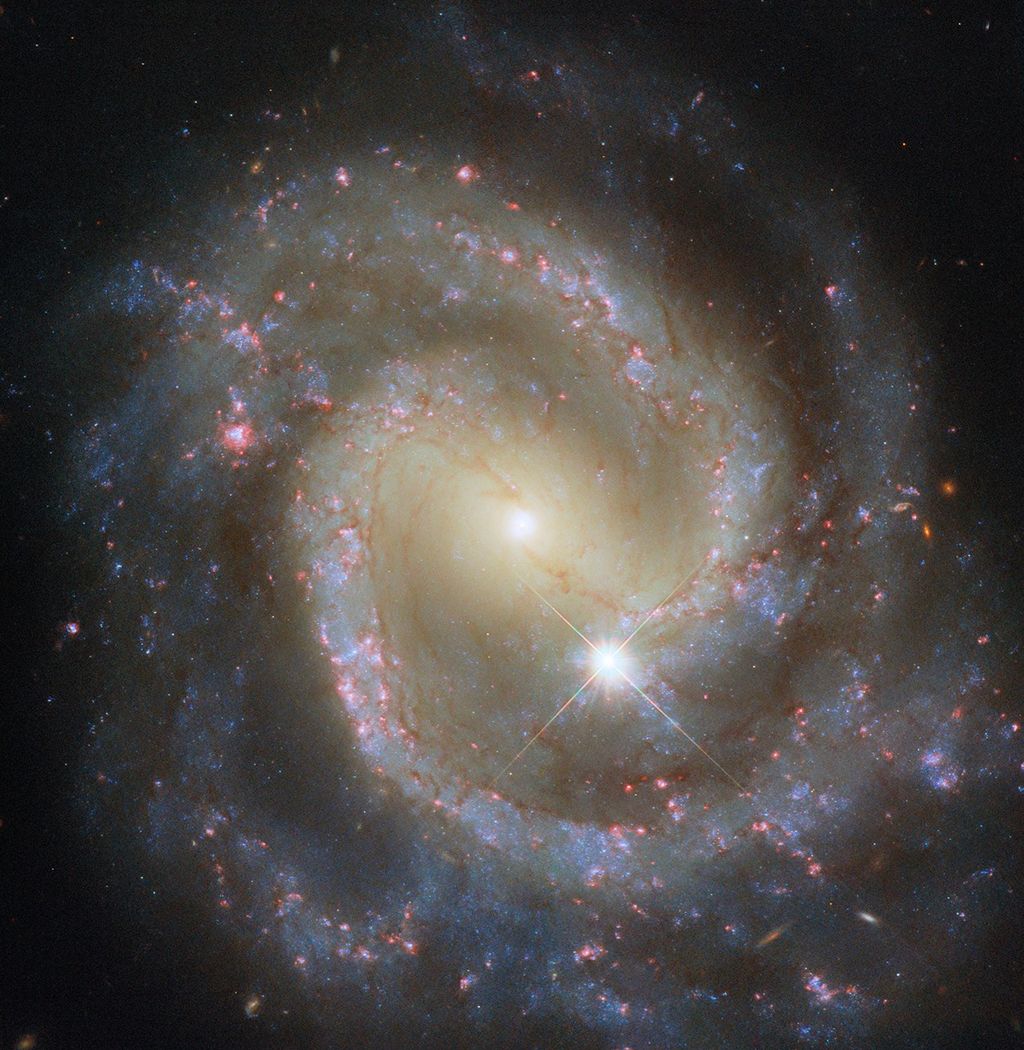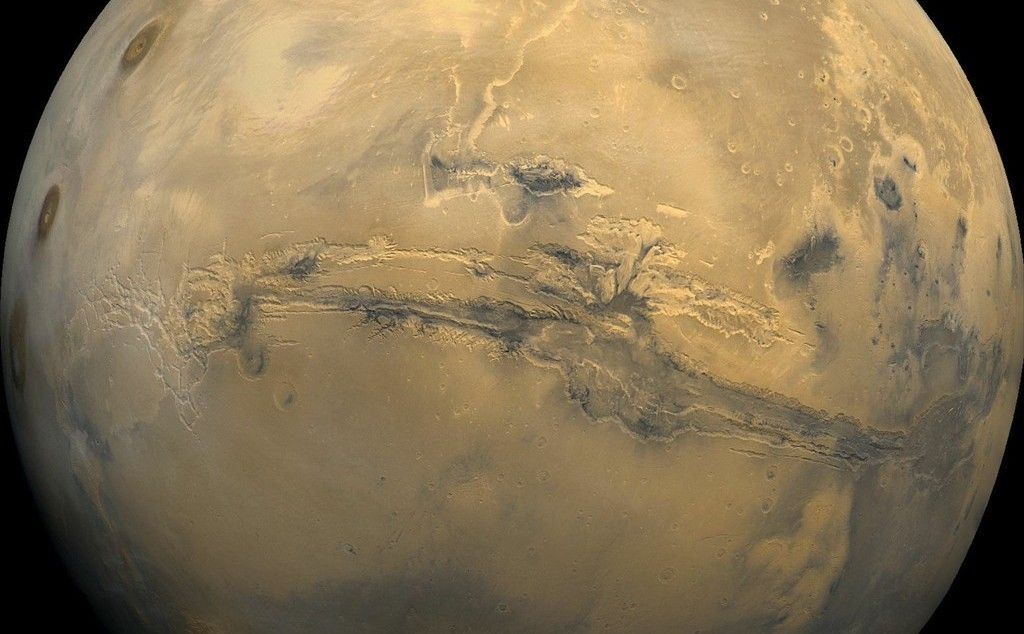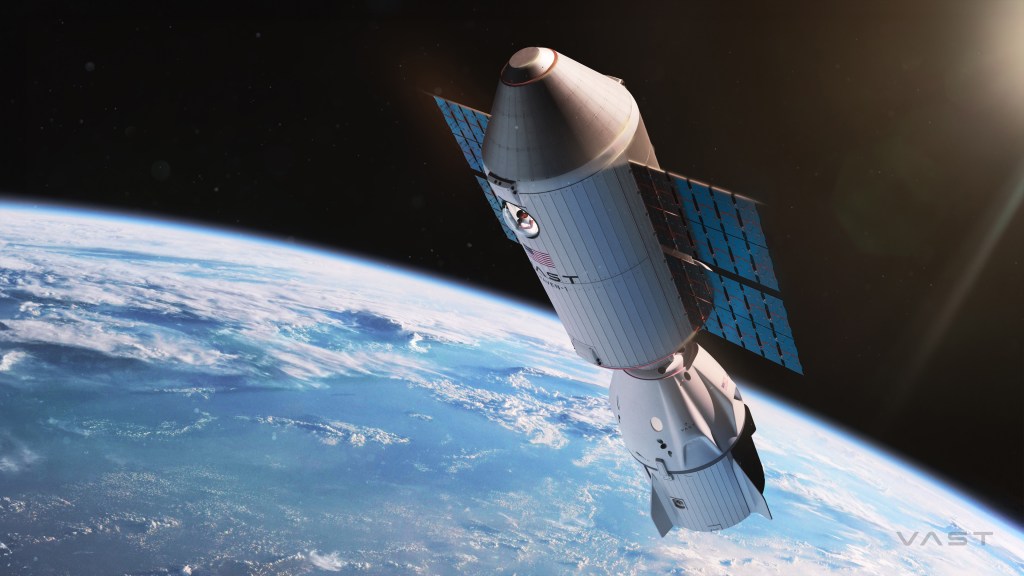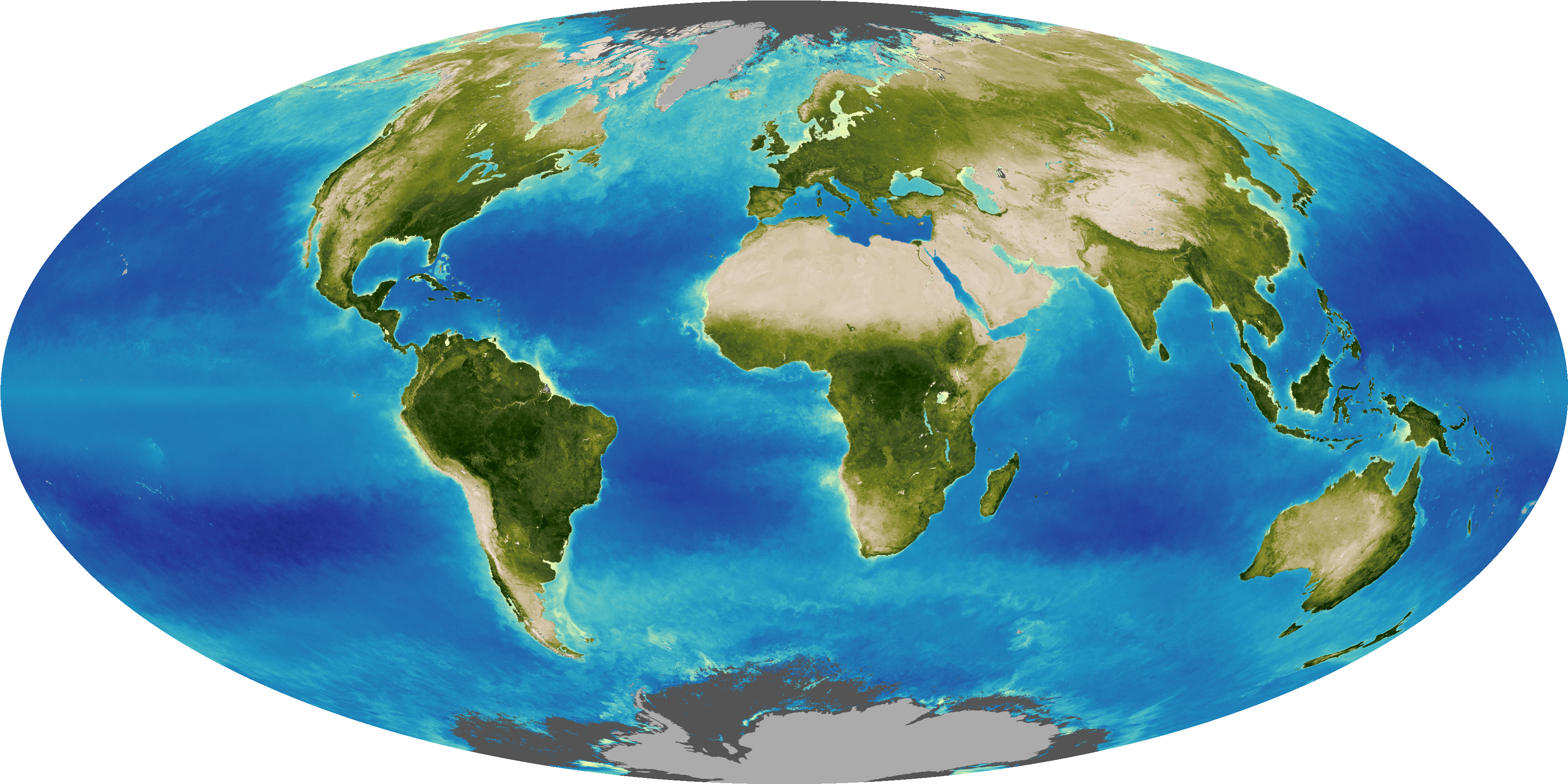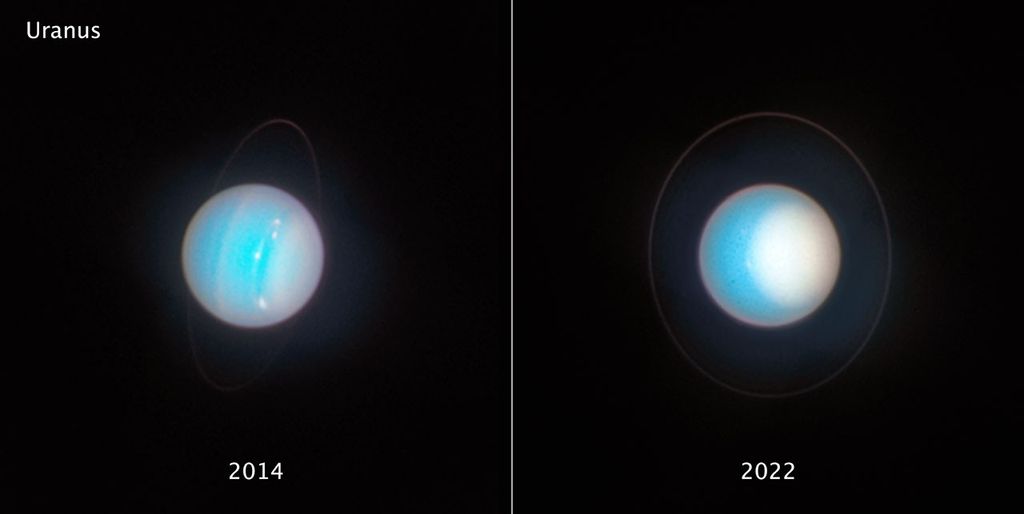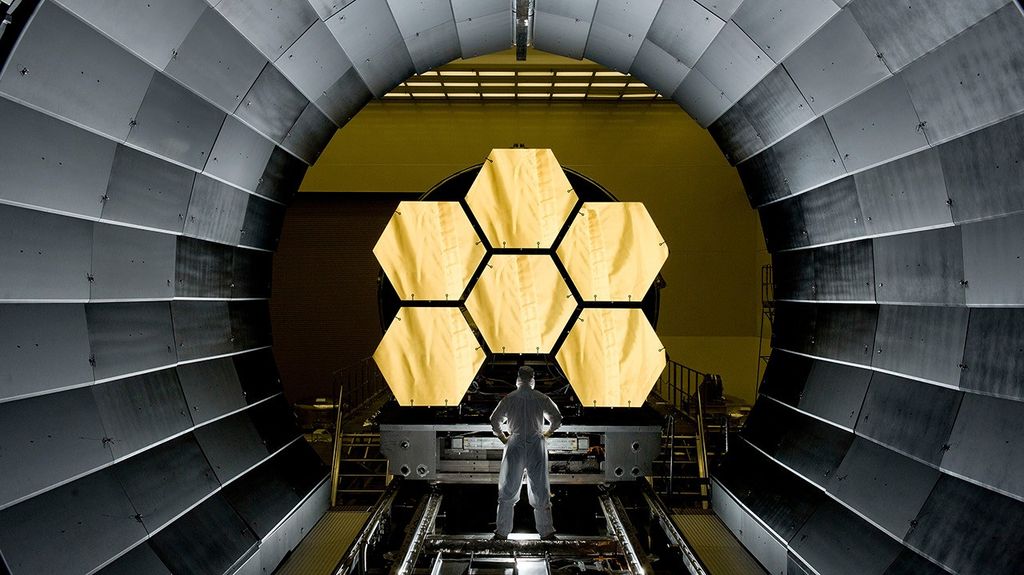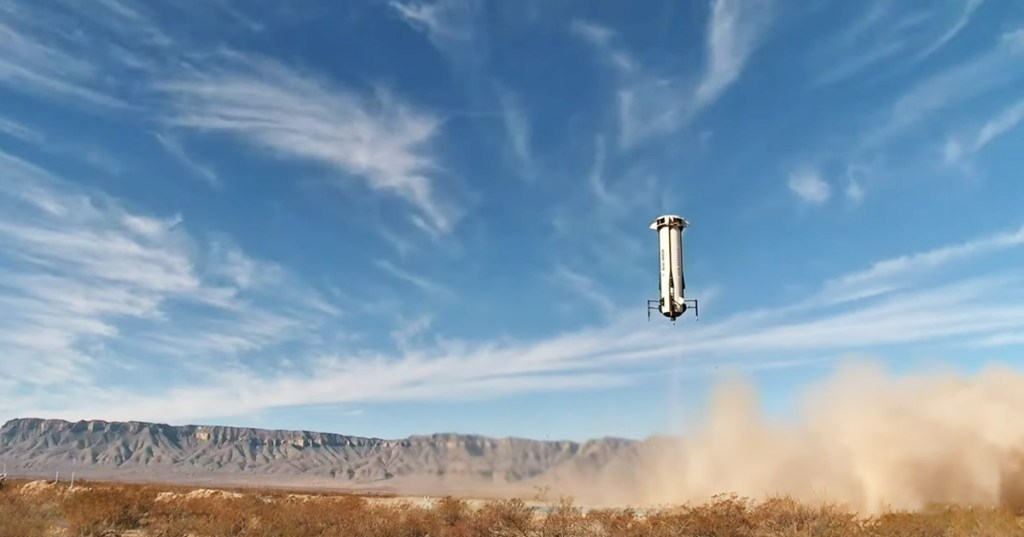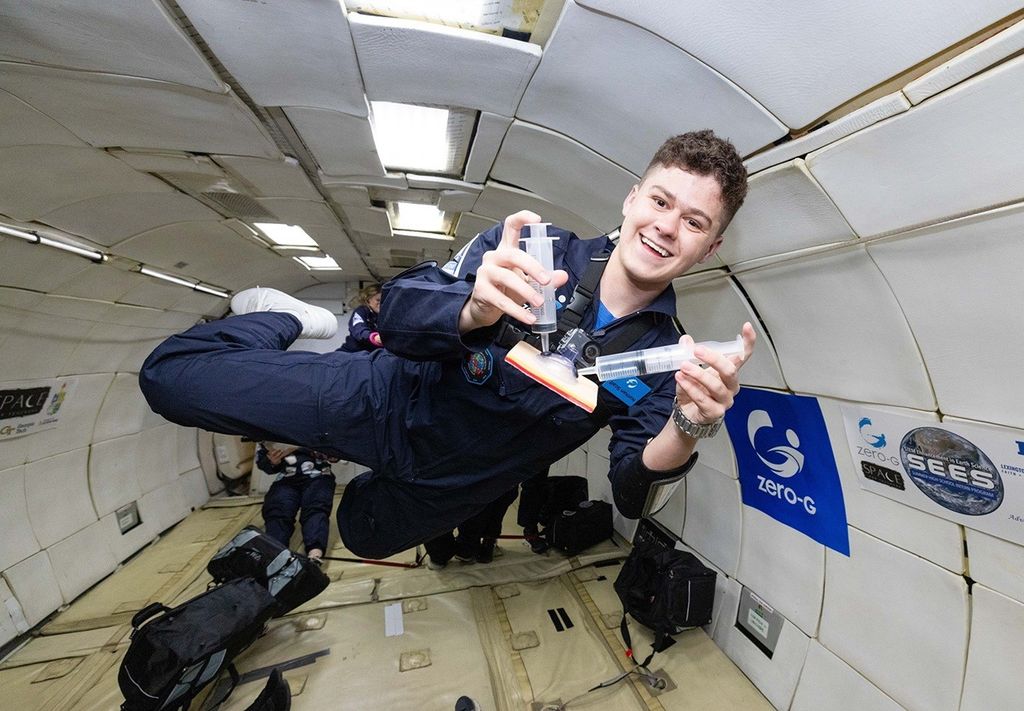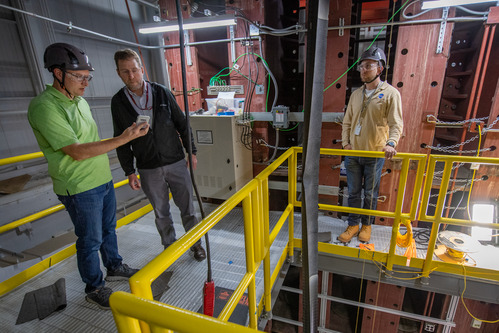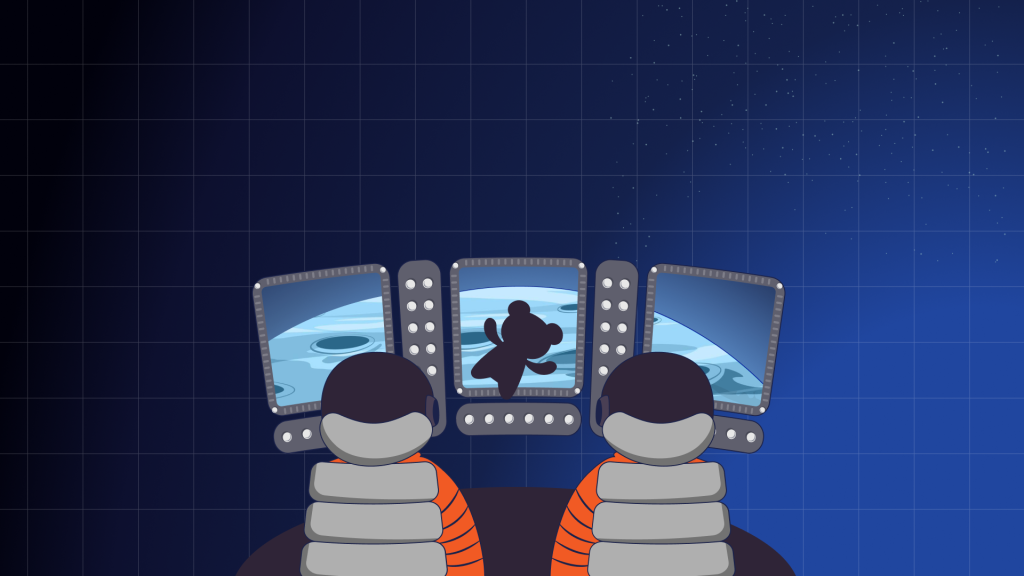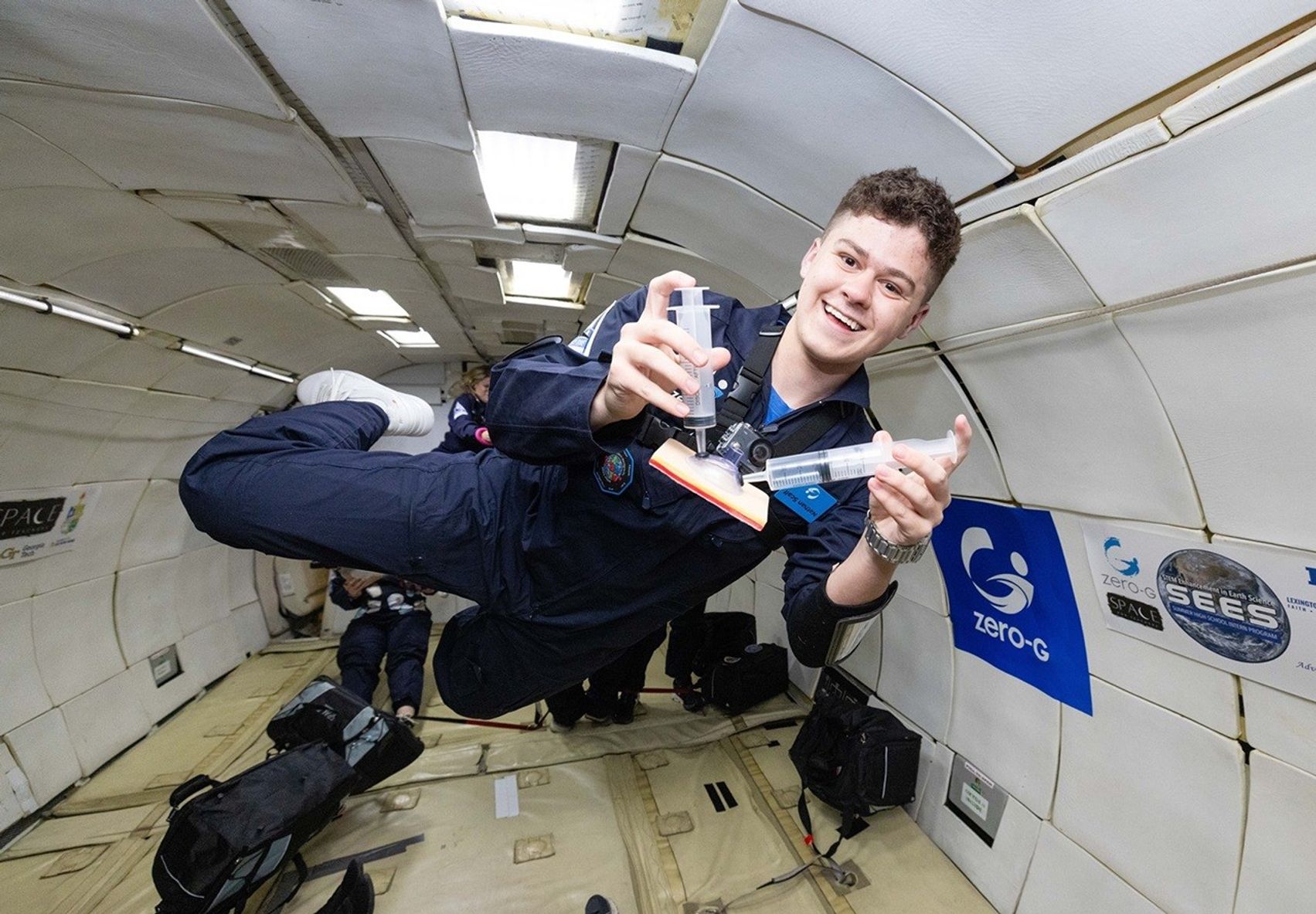When someone says "Once in a Blue Moon," you know what they mean: Rare, seldom, even absurd.
This year it means "the end of July."
For the second time this month, the Moon is about to become full. There was one full Moon on July 2nd, and now a second is coming on July 31st. According to modern folklore, whenever there are two full Moons in a calendar month, the second one is "blue."
The second full Moon of July is just around the corner. According to modern folklore, it is a "Blue Moon."
This definition of a Blue Moon is a recent think.
If you told a person in Shakespeare's day that something happens "once in a Blue Moon" they would attach no astronomical meaning to the statement. Blue moon simply meant rare or absurd, like making a date for "the Twelfth of Never." Since then, however, its meaning has shifted.
The modern definition sprang up in the 1940s. In those days the Maine Farmer's Almanac offered a definition of Blue Moon so convoluted many astronomers struggled to understand it. It involved factors such as ecclesiastical dates of Easter and Lent, tropical years, and the timing of seasons according to the dynamical mean sun. Aiming to explain blue moons to the layman, Sky & Telescope published an article in 1946 entitled "Once in a Blue Moon." The author James Hugh Pruett (1886-1955) cited the 1937 Maine almanac and opined that the "second [full moon] in a month, so I interpret it, is called Blue Moon."
This was not correct, but at least it could be understood. And thus the modern Blue Moon was born.
Most Blue Moons look pale gray and white, just like the Moon you've seen on any other night. Squeezing a second full Moon into a calendar month doesn't change its color.
Nevertheless, on rare occasions the Moon can turn blue.
A truly-blue Moon usually requires a volcanic eruption. Back in 1883, for example, people saw blue moons almost every night after the Indonesian volcano Krakatoa exploded with the force of a 100-megaton nuclear bomb. Plumes of ash rose to the very top of Earth's atmosphere, and the Moon … it turned blue!
Krakatoa's ash was the reason. Some of the plumes were filled with particles 1 micron wide, about the same as the wavelength of red light. Particles of this special size strongly scatter red light, while allowing blue light to pass through. Krakatoa’s clouds thus acted like a blue filter.
People also saw blue-colored Moons in 1983 after the eruption of the El Chichon volcano in Mexico. And there are reports of blue Moons caused by Mt. St. Helens in 1980 and Mount Pinatubo in 1991.
Forest fires can do the same trick. A famous example is the giant muskeg fire of Sept. 1953 in Alberta, Canada. Clouds of smoke containing micron-sized oil droplets produced lavender suns and blue Moons all the way from North America to the United Kingdom. At this time of year, summer wildfires often produce smoke with an abundance of micron-sized particles–just the right size to turn the Moon truly blue.
On the other hand, maybe it will turn red. Often, when the Moon is hanging low, it looks red for the same reason that sunsets are red. The atmosphere is full of aerosols much smaller than the ones injected by volcanoes. These aerosols scatter blue light, while leaving the red behind.
For this reason, red Blue Moons are far more common than blue Blue Moons.
Sounds absurd? Yes, but that's what a Blue Moon is all about. Step outside at sunset on July 31st, look east, and see what color presents itself.

